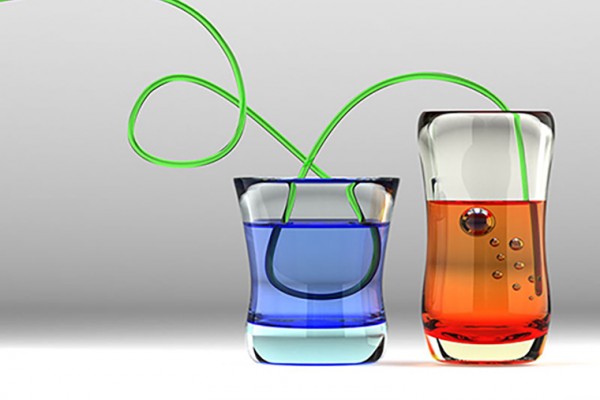Experiments explain why some liquids are ‘fragile’ and others are ‘strong’
Only recently has it become possible to accurately “see” the structure of a liquid. Using X-rays and a high-tech apparatus that holds liquids without a container, a physicist at Washington University in St. Louis has compared the behavior of glass-forming liquids as they approach the glass transition. The results are the strongest demonstration yet that bulk properties like viscosity are linked to microscopic ones like structure.
The holidays come early for WUSTL scientists
A large wooden crate was delivered to the Compton Hall loading dock last week, direct from Paris. The crate contained a fabulous new instrument that WUSTL scientists say will transform their ability to approach problems in geology, biology, space science, engineering and materials science with new precision. Called the Cameca SIMS ims7f-geo, it is a state-of-the-art secondary ion mass spectrometer, one of only three in the world.
Giant neutron ‘microscope’ will study glass transition
A team led by physicist Ken Kelton, PhD, is building an electrostatic levitation chamber that will be installed at the Spallation Neutron Source at the Oak Ridge National Laboratory. Kelton and his colleagues are particularly eager to see what the new instrument will tell them about glass transition, “the deepest and most interesting unsolved problem in solid-state research.”

